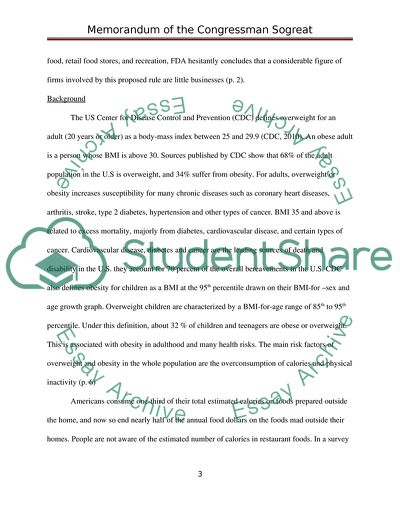Cite this document
(Nutrition Labeling of Menu Items in Restaurant Assignment Example | Topics and Well Written Essays - 1750 words - 1, n.d.)
Nutrition Labeling of Menu Items in Restaurant Assignment Example | Topics and Well Written Essays - 1750 words - 1. https://studentshare.org/social-science/1785772-paper
Nutrition Labeling of Menu Items in Restaurant Assignment Example | Topics and Well Written Essays - 1750 words - 1. https://studentshare.org/social-science/1785772-paper
(Nutrition Labeling of Menu Items in Restaurant Assignment Example | Topics and Well Written Essays - 1750 Words - 1)
Nutrition Labeling of Menu Items in Restaurant Assignment Example | Topics and Well Written Essays - 1750 Words - 1. https://studentshare.org/social-science/1785772-paper.
Nutrition Labeling of Menu Items in Restaurant Assignment Example | Topics and Well Written Essays - 1750 Words - 1. https://studentshare.org/social-science/1785772-paper.
“Nutrition Labeling of Menu Items in Restaurant Assignment Example | Topics and Well Written Essays - 1750 Words - 1”. https://studentshare.org/social-science/1785772-paper.


